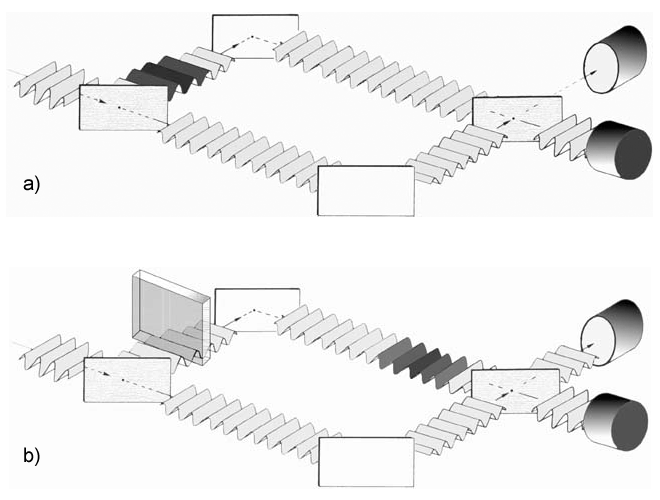We have been particularly interested in nonlocal effects, whose explanation remains somehow «mysterious» within the linear framework but becomes a natural one within the framework of quantum cybernetics. The prominent candidate of a corresponding experiment is a modification of Wheeler’s delayed-choice experiment, i.e. a time-dependent modification of the («macroscopic») boundary conditions in so-called late-choice experiments.

As far as the present state of affairs is concerned, the possibility of causality-preserving and relativity-conformable superluminal signaling cannot be excluded.
An Experiment to Decide between the Causal and the Copenhagen Interpretations of Quantum Mechanics

G. Grössing
An Experiment to Decide between the Causal and the Copenhagen Interpretations of Quantum Mechanics
Ann. N. Y. Acad. Sci. 755 (1995) 438 – 444
Quantum Cybernetics
Most of theoretical physics in the twentieth century can be characterized by a reductionist attitude that has revealed a hierarchical structure of the physical world. However, instead of being “radically” reducible to one “basic” level only, each layer of the hierarchy has turned out as largely autonomous. The great success of this approach consists in a huge amount of often very precise knowledge about each of these layers, unified in the “fundamental” descriptions via “universal” laws. The successful strategy of reduction and unification is due to a quite remarkable level independence, such that, for instance, the effective Lagrangian on the level of molecular interactions is for all practical purposes decoupled from the one on the level of quarks constituting the molecules’ individual nuclei.
